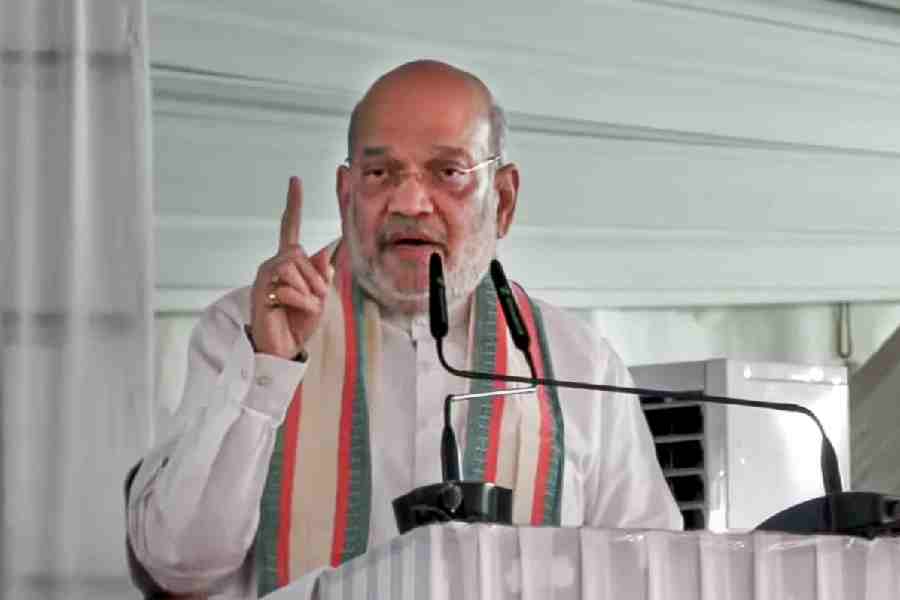 |
| The Nalanda university |
Patna, Feb. 11: It’s not just Pilkhi at the Rajgir foothills, but 200-odd villages may become key places for historical research when the Nalanda international university project, set to come up over 1,000 acres near Rajgir, 16km from the remains of the ancient university, starts.
Chief minister Nitish Kumar, who recently accompanied first visitor and former President A.P.J. Abdul Kalam to the construction site, said: “We are trying to see if academics learn more from the villages around the ruins regarding the country and Nalanda.”
Patna-based KP Jaiswal Research Institute has already began the process of identifying villages to see which of these existed from the times of the ancient university.
Once the identification process gets over, experts would chart out how educational and multi-fold researches may be conducted in the 200-odd villages around the heritage site — to add to the existing knowledge bank regarding India’s history.
Talking to The Telegraph, the director of KP Jaiswal Institute, Bijay Kumar Choudhary, said: “We started identifying the villages six months ago. We have so far identified 60.” The identification, he said, is being based on pure historical and archaeological data. “Seals found from Nalanda university ruins revealed names of some villages, which we believe still exist, either by the same name or with minor alterations,” said Choudhury.
The institute director added that they managed to locate the villages by comparing archaeological data found from excavation sites of mounds and Buddhist remains.
Choudhry said: “The final list would be ready in six to eight months. Our study has suggested such villages could be around 200 within 30km radius of the Nalanda site.”
The chief minister and the mentors’ group would then chart out how the villages would benefit from the data. Choudhury, however, added that once the university starts functioning, researches on agriculture, environment and theology may be based in these villages, which might spell financial benefits for the villagers.
Earlier, Pilkhi village panchayat had put up resistance to the land acquisition saying that only “sons and daughters of big people” would be studying in the proposed university.
But now, villagers at Pilkhi have been convinced by the administration that all “deserving” students would be given a seat in the university, likely to start its first academic session from 2010.
The government has so far acquired 450 acres for the proposed university. It will soon vacate 38 more acres of government land for the institution. Five hundred more acres would be acquired within an year’s time.











